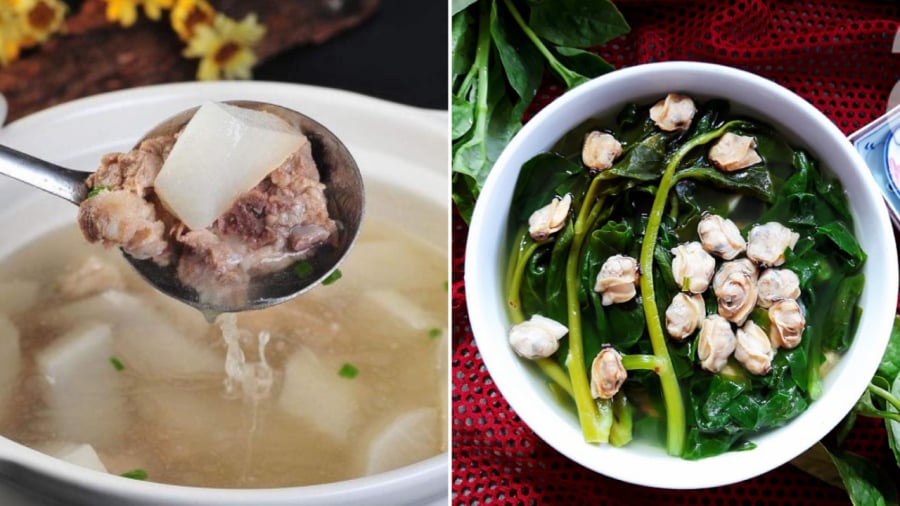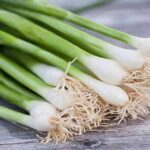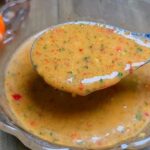Using Fish Sauce Properly
Fish sauce is an indispensable seasoning in Vietnamese cuisine. Adding fish sauce when cooking not only enhances the flavor but also brings out the aroma and balances the taste, resulting in a more delicious and naturally sweet dish.
Vietnamese cuisine boasts a variety of fish sauces, including traditional fish sauce, fermented fish sauce, and shrimp paste. Most of these sauces are made by fermenting seafood with salt. This process breaks down proteins into amino acids, creating a lingering sweetness that is hard to achieve with MSG or seasoning powder.

Using fish sauce correctly will add depth of flavor and sweetness to your dishes, eliminating the need for MSG.
In many famous regional dishes, such as snail stew with banana blossoms, eggplant and pork belly stew, and ‘bún thang’ noodle soup from the North, shrimp paste is commonly used. Meanwhile, people in Central Vietnam often prefer to use traditional fish sauce or fermented fish sauce, and those in the South use fish sauce made from ‘cá linh’ (a type of small fish) in some sour soups to create a unique, sweet aftertaste.
Note that amino acids are sensitive to high temperatures and can break down, producing an unpleasant aftertaste. Therefore, fish sauces should be added towards the end of the cooking process to retain their best flavor.
Using Sea Salt
In the past, when there weren’t as many seasoning options, homemakers relied on salt to flavor their dishes. They often used salt that had been aged for a year or more, as the longer it aged, the more pronounced the flavor became. Salt was usually kept by the stove, and lime could be added to the salt jar to prevent moisture.
Traditional pho restaurants also use salt to create a sweet aftertaste.
According to research, sea salt contains not only sodium chloride but also sulfate, carbonate, potassium, magnesium, calcium, iron, and zinc. When combined with other ingredients during cooking, these minerals contribute a sweet and mineral-rich taste, in addition to the salty flavor. On the other hand, refined salts typically contain 97-99% sodium chloride and an anti-caking agent, resulting in a salty and astringent taste.
Using Meat and Bone Broth
Research shows that glutamate, the main component of MSG, is also naturally present in many other foods, such as vegetables, fruits, meat, bones, and seafood. 100 grams of meat or bones can provide about 10-20 mg of glutamate.
You can use meat or bone broth to add natural sweetness to your dishes.

Broth made from bones, meat, or seafood will impart a natural sweetness to your dishes and can be used as a substitute for MSG.
Using Seafood
To create a clear and sweet broth for your dishes, you can use seafood. For example, in hot pots, people often use clams and scallops. Note that these types of seafood cook very quickly, so add them to the broth just long enough to see the shells open, then remove them immediately. Overcooking shellfish can lead to a loss of their sweet flavor and a change in texture.
Cooking with squid and shrimp, either dried or fresh, also adds natural sweetness to the broth.
Using Vegetables
Common vegetables like cabbage, tomatoes, dried shiitake mushrooms, seaweed, and sea vegetables contain a certain amount of glutamate. You can make vegetable broth to impart a natural, sweet taste to your dishes, without the greasiness that can come from bone broth.
Vegetable broth can be used in both vegetarian and non-vegetarian dishes. It’s easy to make and can be prepared by boiling vegetables like turnips, jicama, carrots, onions, loofah, pears, apples, and sugarcane. Avoid boiling the leafy parts of vegetables for too long, as they can develop a strong flavor that may affect the taste of your dish. Just boil the roots and harder parts until they are tender. Coconut water can also be used as a broth for hot pots, boiling shrimp, or meat, as it adds a natural, sweet, and refreshing taste to your dishes.







































